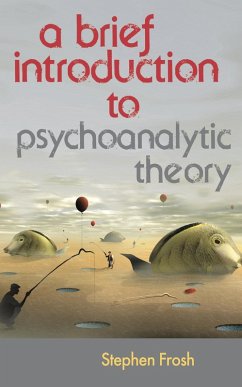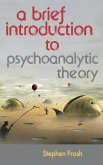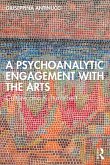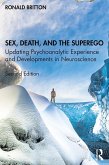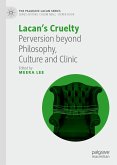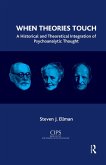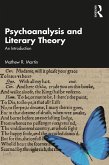Psychoanalytic theory remains hugely influential to our understanding of the mind and human behaviour. It provides a rich source of ideas for therapeutic practice, while offering dramatic insights for the study of culture and society. This comprehensive review of the field:
- Explores the birth of psychoanalysis, taking the reader step by step through Freud's original ideas and how they developed and evolved
- Provides a clear account of fundamental psychoanalytic concepts
- Discusses the different schools of psychoanalysis that have emerged since Freud
- Illustrates the wider applications of psychoanalytic ideas across film, literature and politics
Written by a highly respected authority on psychoanalysis, this book is essential reading for trainees in counselling and psychotherapy, as well as for students across the arts, humanities and social sciences.
- Explores the birth of psychoanalysis, taking the reader step by step through Freud's original ideas and how they developed and evolved
- Provides a clear account of fundamental psychoanalytic concepts
- Discusses the different schools of psychoanalysis that have emerged since Freud
- Illustrates the wider applications of psychoanalytic ideas across film, literature and politics
Written by a highly respected authority on psychoanalysis, this book is essential reading for trainees in counselling and psychotherapy, as well as for students across the arts, humanities and social sciences.

